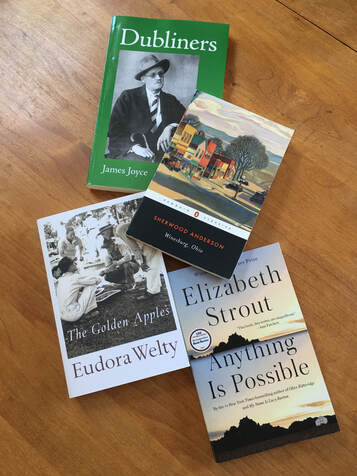 In a recent episode of Maine Calling on Maine Public Radio, Morgan Talty, author of the award-winning 2022 short-story cycle Night of the Living Rez, put in a “shout-out” to the form, characterizing it as an “emerging genre” that might soon merit its own section in bookstores. But what exactly is a short-story cycle? Also referred to as “linked stories” or “a novel in stories,” a short-story cycle is a group of stories that are entirely satisfying when read individually but, because they share characters, themes, or setting, together create an experience of meaning that transcends that of each individual story. In short, the whole is greater than the sum of its parts. As Talty points out, short-story cycles straddle the space between the long, deep immersion of a novel and the brief, bracing dip of a short story. They do this by offering the satisfaction of a lengthy engagement with characters, theme, or setting, while unfolding via discrete and quick-to-read encounters that are pleasurable and meaningful in their own right. A moving example is Tim O’Brien’s The Things They Carried, originally published in 1990, in which the stories relate the experiences of a small group of soldiers before, during, and after their service in Vietnam. Another popular example is Elizabeth Strout’s Olive Kitteridge, 2008, in which the stories are linked by the presence of—or at least allusions to—the cantankerous Olive. Again, some short-story cycles are based not on characters or themes, but on setting. In place-based cycles, a specific geographical location—a city, town, or smaller community—becomes, in a sense, the main character of the work. Through its residents’ stories, we see that community undergoing conflict and experiencing change leading to a climax and resolving in a dénouement. This is the case with my own novel in stories, Consecration Pond. Above is a photo of a few well-known examples of place-based short-story cycles. Here’s a brief look at each:
I hope this brief look at short-story cycles inspires you to try a few. Even the most devoted fans of the novel are unlikely to be disappointed. For more information on short-story cycles, check out Christopher Marcus' website, linkedshortstories.com.
1 Comment
|
